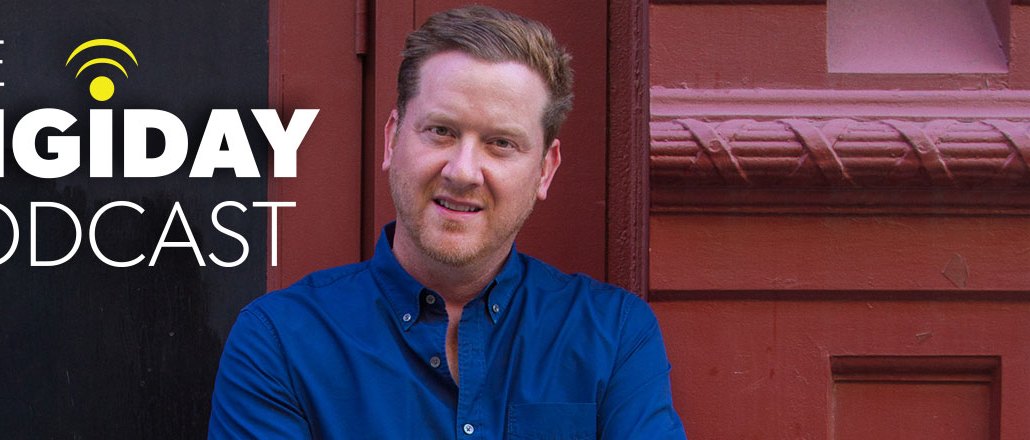Join us Dec. 1-3 in New Orleans for the Digiday Programmatic Marketing Summit
Sharethrough’s Patrick Keane: Publishers without video strategies ‘will die’

Subscribe: iTunes | Stitcher | RSS
From BuzzFeed to Mashable publishers are going all-in on video.
Those sitting on the sidelines will face an existential crisis, Sharethrough president Pat Keane said on this week’s episode of the Digiday Podcast. “Every publisher, if they don’t have a sound, scalable video strategy will die,” he said.
“You can’t just take the guy who knew how to shoot video from high school and claim he’s going to be a smart videographer,” he said. “You have to have broadcast-level investment oftentimes to be successful.”
Keane, a former Google exec, cited Refinery29, in which he is an investor through his role as an operating partner at Stripes Group. The digital media publisher already sees 30 percent of its revenue from video.
“You need to invest meaningfully, and it needs to be scalable, which are two things that seem impossible,” he added. “It’s beyond difficult to be successful with video.”
Below are other highlights from the episode, edited for clarity.
Facebook is scarier than Google ever was
The rise of Facebook in some ways has mimicked the rise of Google as a power as a digital media arbiter. But Facebook is probably more challenging for publishers, in Keane’s view, since the Facebook algorithm is shifting in ways that leave publishers nearly powerless.
“Content creators have less power over Facebook than they do over natural search,” he said. “Look at publishers like Refinery29: About 50 percent of its content comes from Facebook. That’s a good thing but potentially a bad thing because if publishers are instinctively consuming your content solely on Facebook, are you going to generate the same ad revenue that would come at your singular destination?”
Seventy is the new 50 for mobile traffic
Eighteen months ago, most publishers told Keane about half their traffic came from mobile. Now that’s up to 70 percent, presenting an enormous monetization challenge for publishers who build business models around desktop.
“The majority of CROs at publishers that I spend time with are struggling with this,” Keane said. “They get 100 percent of every dollar that’s invested inside of their platform and they get marginal dollars that come from Facebook. I don’t see that changing over time.
Many digital media companies hit the $100 million wall
There are few digital media companies that get beyond the $100 million hump because the traditional media sales models, premised on a sales force getting insertion orders, is hard to scale on limited digital media budgets still oriented to performance marketing.
“It’s really difficult to get to $100 million,” Keane said. “You need to have very large programs that include content and commitments over several months at very high CPMs to be a nine-figure revenue company. Refinery29 is a nine-figure revenue company. BuzzFeed is a nine-figure revenue company. Vox probably is. There are very few. It’s just really difficult.”
More in Media

Ranking is out, visibility is in as publishers chip away at AI search optimization
In the AI era, measuring pageviews isn’t enough — publishers need a new metrics stack that tracks how they are cited in AI engines and ties it all to clicks and revenue.

How U.K. news group Reach is diversifying traffic sources amid zero-click threat
Reach is diversifying beyond Google by leaning on news aggregators and monetizing Facebook engagement to offset declining search traffic.

How Forbes is using ChatGPT referral data to create audience cohorts
Semrush and Similarweb provide information, including the prompts that led an AI platform user to click through to a publisher’s site, that Forbes is able to use to learn more about its AI-referred audience’s interests.





